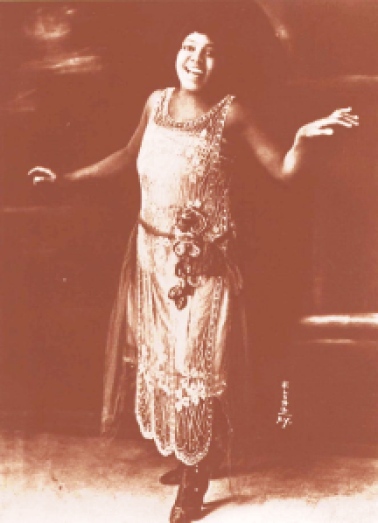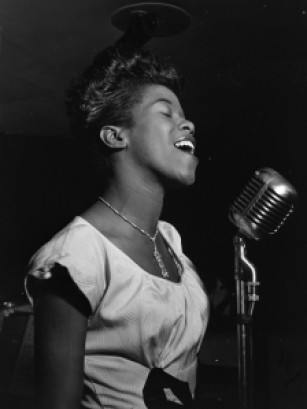
Sun Ra’s music and poetry can claim to create otherwise impossible utopian worlds; this contrasts with the European Romantic tradition in which compositions or poems seek to describe utopian worlds that remain unattainable.
Music and words in Sun Ra’s view of the arts—a view based on African aesthetics—both have a magical function: they do not portray impossibilities but strive to make them a reality.
This according to “Pictures of infinity: Sun Ras klangliche Umrahmungen der Grenzenlosigkeit” by Christian Zürner, an essay included in “Was du nicht hören kannst, Musik”: Zum Verhältnis von Musik und Philosophie im 20. Jahrhundert (Hildesheim: Georg Olms, 1999, pp. 205–238).
Today is Sun Ra’s 100th birthday! Below, the Arkestra in 1976.











